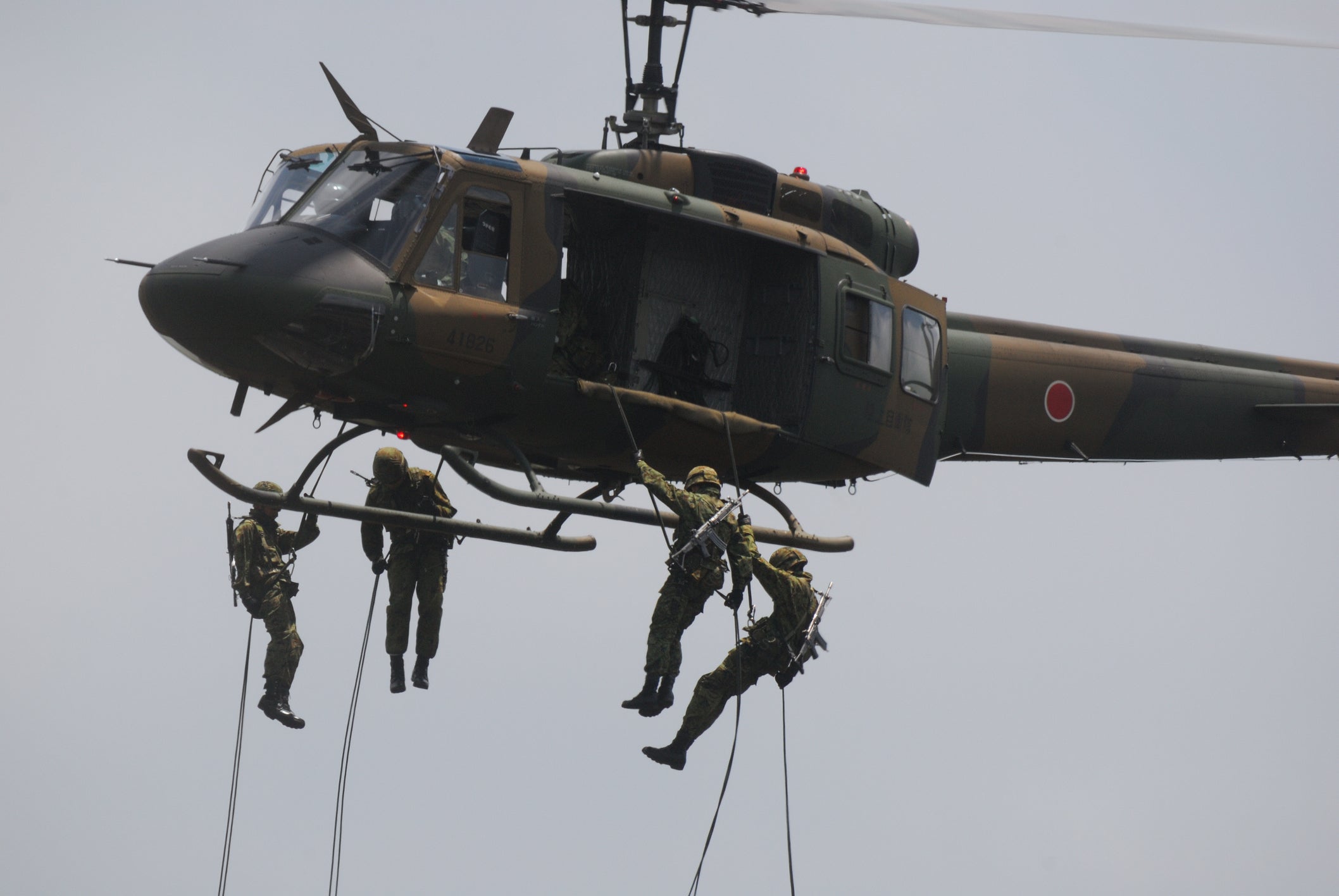table of contents
Introduction
1. Understand disaster risks
1-1 Collecting information from experts and local experienced people
1-2 Implementation of disaster risk assessment
1-3 Research on past disaster cases
2. Communication with family and neighbors
2-1 Community Awareness Raising Activities
2-2 Building networking
2-3 Promotion of Mutual Aid Activities
2-4 Create an emergency contact list
3. Prepare emergency food and stockpiles
3-1 Selection and management of emergency food
3-2 Add and manage stockpiles
3-3 Preparing a storage place for stockpiles and carrying items
4. Collection and dissemination of disaster prevention information
4-1 Collection of local disaster prevention information
4-2 Securing reliable information sources
5. Incorporate disaster prevention awareness into daily life
5-1 Seismic reinforcement and inspection of buildings
5-2Thorough fire prevention
5-3 Preparation and maintenance of emergency equipment
5-4 Disaster education for children
5-5 Learning self-defense techniques
5-6 Sharing disaster prevention awareness and enlightenment activities
summary
Introduction
In recent years, as the risk of natural disasters and disasters has increased, it is becoming more and more important to raise disaster prevention awareness. Having a disaster preparedness awareness is a skill you need to keep yourself and your family safe. This article introduces effective methods and encourages action to raise disaster prevention awareness.
1. Understand disaster risks
In order to raise disaster prevention awareness, it is important to first have an accurate understanding of disaster risks. Research the specific disaster risks and past disaster cases in your area. Different regions have different risks, such as earthquakes, floods, and typhoons. Get information from relevant sources and local government websites to increase your risk knowledge.
1.1. Gathering information from experts and local experienced people
In order to understand the risks of disasters, it is also important to collect information from experts and local experiencers. Regarding risks such as earthquakes, floods, and typhoons, consult with local disaster prevention agencies and experts. They have detailed knowledge of local conditions and countermeasures and provide valuable information. In addition, by participating in local disaster prevention volunteer groups and local resident meetings, you will be able to hear valuable advice and real-life experiences from experienced locals.
1.2. Implementation of disaster risk assessment
A disaster risk assessment is conducted to assess the specific disaster risk of an individual or family and develop appropriate countermeasures. By assessing the risks in your area in detail, you can understand what kind of disasters you should prepare for. It is recommended that you consult with local disaster prevention agencies and experts and receive guidance on disaster risk assessment.
1.3.Research on past disaster cases
A study of past disaster cases is very useful for understanding disaster risks. Investigate past disasters and damage in your area, and analyze their causes and countermeasures. By learning from past disaster cases, appropriate measures can be taken when similar disasters reoccur. Research past disaster cases using reports and materials provided by local disaster prevention agencies and experts, as well as disaster information on the Internet.
2. Communication with family and neighbors
In order to raise awareness of disaster prevention, it is important to communicate with family members and neighbors. In times of disaster, we need to help and support each other. Work with your family and neighbors to share evacuation plans and communication methods in the event of a disaster. Participating in regular disaster prevention drills and local disaster prevention events is also recommended.
Form a disaster prevention group : Form a disaster prevention group with your neighbors. By sharing information within the group, confirming the means of communication, and creating an evacuation plan, disaster response will be quicker and more effective.
2.1. Raising community awareness of disaster prevention
Engage in activities to raise disaster awareness with the support of community centers and local governments in your activity area. By holding disaster prevention lectures, workshops, panel discussions, etc., information sharing and awareness sharing among residents will be promoted.
2.2. Building networking
Use online networks such as SNS groups and LINE groups to facilitate communication with neighbors. In the event of a disaster, it is possible to quickly transmit information and call for assistance.
2.3. Promotion of Mutual Aid Activities
Actively engage in mutual assistance activities in daily life to strengthen relationships with family members and neighbors. A relationship of trust builds up through small forms of support, such as confirming each other's safety, helping with shopping, and taking care of children.
2.4. Create an emergency contact list
Create a list of contact information for your family and neighbors so that you can reach them quickly in an emergency. It's a good idea to include not only phone numbers and email addresses, but also special notes for each household and necessary medical information.
3. Prepare emergency food and stockpiles
In the event of a disaster, it is important to prepare emergency provisions and stockpiles such as sufficient food, water, and medicines. In the event of a disaster, transportation and supplies may be disrupted. Stockpiles are an important factor to support the life of the family, so let's pay attention to the appropriate amount and deadline management.
3.1. Selection and management of emergency food
When choosing emergency food, consider nutritional balance, storage period, and ease of eating. It is important to have a variety of emergency foods such as staple foods, side dishes, and snacks, and to choose the one that meets your family's tastes and special dietary restrictions. Also, check the expiry date of your emergency food regularly, and consume or replace the expiry date. Make sure you always have fresh and adequate emergency food prepared by replenishing supplies and organizing regularly.
3.2. Adding and managing stockpiles
In addition to emergency food, it is important to prepare supplies such as water, sanitary goods, batteries and radios. Make sure you have enough water and store it in a clean container. In addition, by stockpiling sanitary goods such as toilet paper, tissues, and hand soap, you can maintain a sanitary condition in the event of a disaster. In addition, prepare portable chargers, spare batteries, and supplies that do not require a power source, such as radios and flashlights. Don't forget to check these stockpiles regularly and add or replenish what you need.
3.3. Preparing a storage place for stockpiles and carrying items
Stockpiles should be stored in a location that can be quickly accessed in the event of a disaster. Store emergency food and stockpiles in a place where it is easy for family members to share, and make sure they are easily accessible. In addition, it is important to put together the necessary items in a carrying bag or disaster prevention backpack so that they can be taken out quickly in the event of a disaster. Don't forget to include essentials such as ID, important documents, and cash in your carry-on.
4. Collection and dissemination of disaster prevention information
In order to raise disaster prevention awareness, it is important to collect and disseminate reliable disaster prevention information. Find a way to quickly obtain accurate information such as weather and earthquake information. Also, create an email list or SNS group to share with your family, friends, and neighbors to facilitate information sharing in the event of a disaster.
4.1. Collection of local disaster prevention information
Local disaster prevention information may be provided by local governments and related organizations. Follow the websites and SNS accounts of local disaster prevention agencies to get the latest information. In addition, by actively participating in disaster prevention drills and local disaster prevention events, you will have the opportunity to collect local disaster prevention information directly. Appropriate measures can be taken by accurately grasping local disaster prevention information.
4.2. Ensuring Reliable Information Sources
During a disaster, false rumors and false information may spread. It is important to choose reliable sources and obtain accurate information. Information provided by public institutions such as government agencies, local governments, and the Japan Meteorological Agency is highly reliable. Also, the media and news sources are one way of collecting information, but it is necessary to confirm the credibility and fairness of the information. Get reliable sources and act on accurate information.
5. Incorporate disaster prevention awareness into daily life
In order to raise disaster prevention awareness, it is important to be conscious of disaster prevention in daily life. For example, take measures to improve safety, such as seismic reinforcement of buildings and fire prevention measures. It is also effective to keep emergency equipment such as flashlights and radios handy in case of an emergency.
Incorporating disaster prevention awareness into daily life is an important factor in laying the foundation for taking prompt and appropriate action in an emergency. Below are the specific methods.
5.1. Seismic reinforcement and inspection of buildings
It is important whether the building is safe when an earthquake occurs. By having a building seismic diagnosis by an expert, you can identify areas that need improvement and implement seismic reinforcement. It is also important to conduct regular inspections and detect and repair deterioration and damage to the building at an early stage.
5.2.Thorough Fire Prevention Measures
Fires can occur suddenly and cause great damage. For fire prevention, attention and measures at home are necessary. For example, it is important to avoid overloading electrical appliances in the home, make sure to turn off the power, do not place combustible items around the stove, and confirm evacuation routes and evacuation sites with the whole family.
5.3. Preparation and maintenance of emergency equipment
Emergency equipment such as flashlights, radios, and first aid kits can be helpful in an emergency. These tools should be checked on a daily basis to ensure that they are working properly. Also, be prepared with spare batteries and extra emergency food.
5.4. Disaster prevention education for children
In order to raise disaster prevention awareness, it is also important to provide disaster prevention education to children. Children need to understand what disasters such as earthquakes and fires are like. It is effective to participate in disaster prevention education programs at schools and local communities, and to acquire knowledge of disaster prevention through simulations and games at home.
5.5. Learning self-defense techniques
In times of disaster, it is useful to have basic skills and knowledge for self-defense. For example, you can help yourself and others by learning emergency first aid and simple rescue techniques. You can access learning resources online by participating in educational programs organized by your local fire department or emergency center.
5.6. Sharing disaster prevention awareness and enlightenment activities
It is important not only to raise your own awareness of disaster prevention, but also to spread awareness of disaster prevention to the people around you. Participate in local disaster prevention events and seminars, and share information with family and friends through conversations and social media . It is also effective to participate in local disaster prevention volunteer activities. The aim is to actively disseminate information and knowledge about disaster prevention and raise disaster prevention awareness of the entire community.
【summary】
In order to raise disaster prevention awareness, it is important to understand the risks of disasters, communicate with family and neighbors, prepare emergency food and stockpiles, formulate evacuation plans, collect and disseminate disaster prevention information, and incorporate disaster prevention into daily life. Being prepared is an important skill to keep yourself and your family safe. By all means, let's practice these methods and build a safer future.







